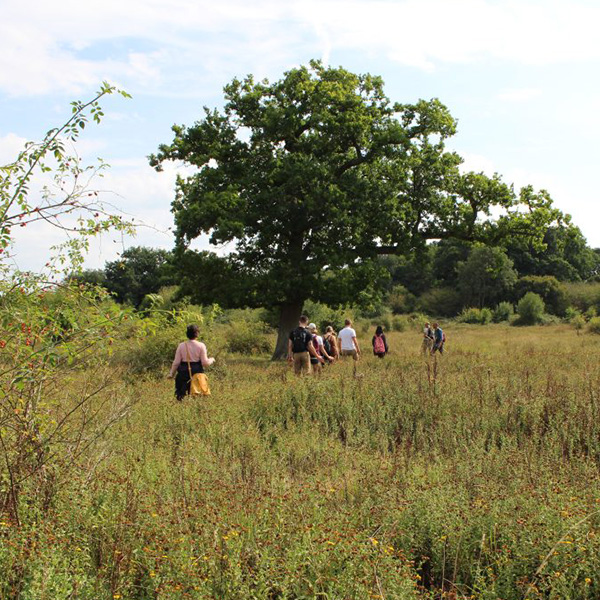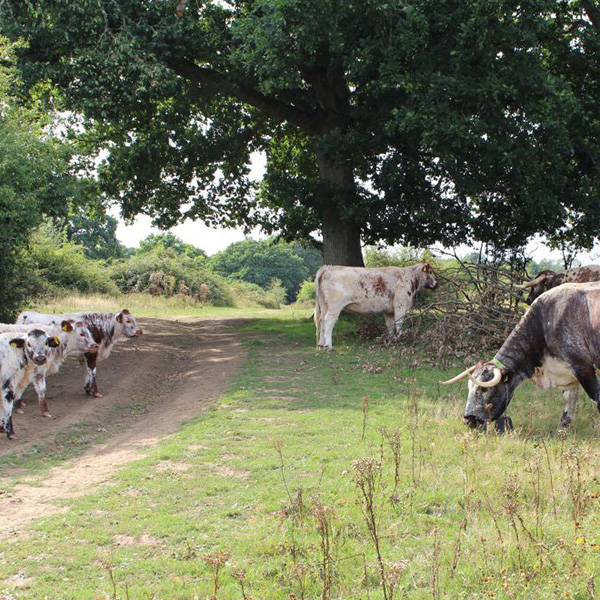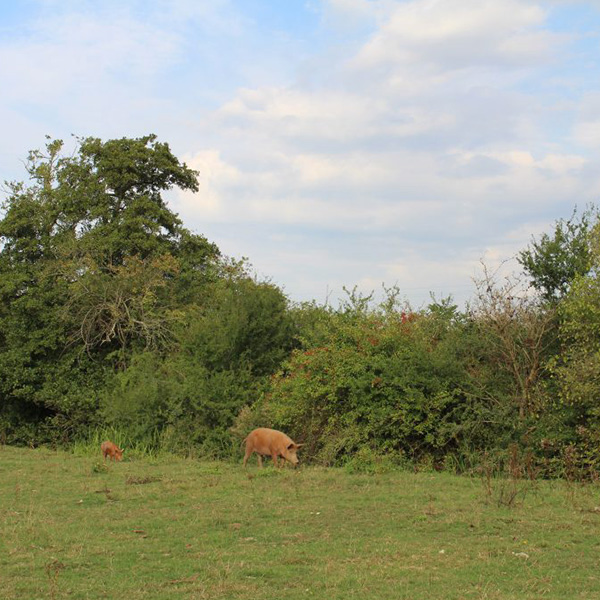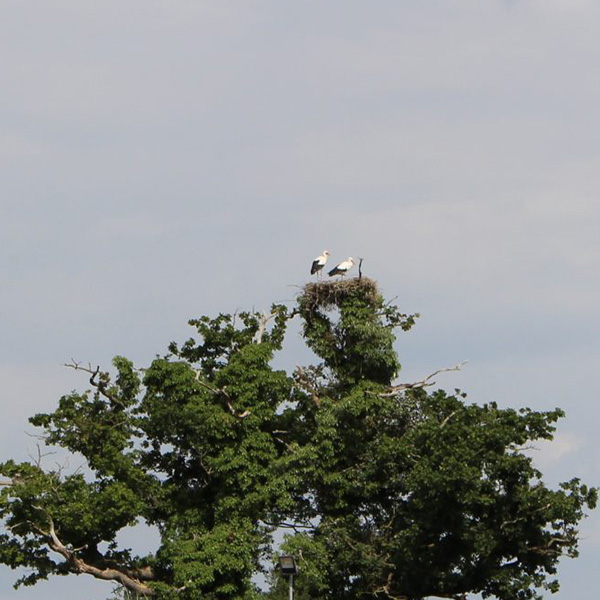Our rain-drenched island offers the perfect conditions for wetland formation, an area saturated or flooded with water seasonally or permanently. Wetlands are a dynamic and significant part of a natural water cycle; an acre of wetland can typically store 4.5 million litres of water.
So far this winter we have had 5 months of exceeding average monthly rainfall. But despite our increasingly flood-prone winters, wetland habitats in the UK are in decline.
Urbanisation, drainage, and nutrient enrichment have all led to the degradation of our wetlands. During the last 100 years, the UK has lost 90% of its wetlands.
Historically wetlands played a vital role in resilient landscapes. Today we value established high-quality wetlands which are peat-forming and remove and store carbon from our atmosphere. Peat also acts as a sponge absorbing rain and gradually releasing and filtering water to regulate the flow of our rivers and reduce flooding.
Wetland habitats are wildlife rich and vital to our biodiversity. Wetlands vary greatly but for many of us, it is a living dynamic setting bridging wet and dry land. A place for us to see a variety of birds, dragonflies, and plants.
In the landscape profession, we hope to reinstate our wetland legacy in the UK as a vital tool to address the climate crisis.
Today we see the restoration and creation of wetlands in both urban and rural environments. At ACD we advocate wetland habitats to champion the design of distinctive places. For us, this means bringing us all closer to nature whilst delivering climate-resilient sustainable water management.




